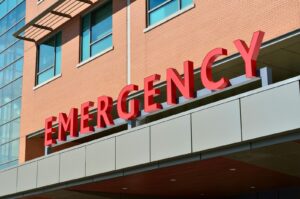Measuring air pollution could help transport planners fight COVID-19
Measuring air quality across London could help transport planners fight COVID-19 by providing a fast way to decide whether to reduce public transport movement, according to researchers at the Universities Cambridge and Birmingham.
Analysis of air pollution, COVID-19 cases and fatality rates in London has revealed a connection between increased levels of nitrogen dioxide (NO2) and particulate matter (PM2.5) and a higher risk of viral transmission.
Research that was published in the journal The Total Environment, has suggested that monitoring air pollution could be used as an indicator to rapidly identify vulnerable parts of a city such as London, which could help inform decisions to suspend or reduce the operation of buses, trains and Underground.
According to the researchers using public transport in the UK during a pandemic has a six-fold increased risk of contracting an acute respiratory infection.
Report author Dr Ajit Singh, from the University of Birmingham, said: ‘Short-term exposure to NO2 and PM2.5 is significantly linked to an increased risk of contracting and dying from COVID-19.
‘Exposure to such air pollutants can compromise lung function and increase the risk of death from the virus. Levels of airborne PM2.5 in the London Underground during summer are often several times higher than other transport environments such as cycling, buses or cars.
‘We recommend a strategy that tailors the level of public transport activity in cities like London according to COVID-19 vulnerability based on air pollution levels across the city.
‘This could help decision-makers take the right measures to counter COVID-19 in London — for example deploying transport staff and arranging dedicated services for key workers.’
Co-author Dr Manu Sasidharan, from the University of Cambridge, commented: ‘Human-mobility reduction measures provide the greatest benefit in the fight against COVID-19.
‘We need to balance the public health benefits of closing public transport during a pandemic against the socio-economic impacts of reducing mobility.
‘Determining the vulnerability of city regions to coronavirus might help to achieve such trade-offs – air pollution levels can serve as one of the indicators to assess this vulnerability.’
Photo Credit – Pixabay

















